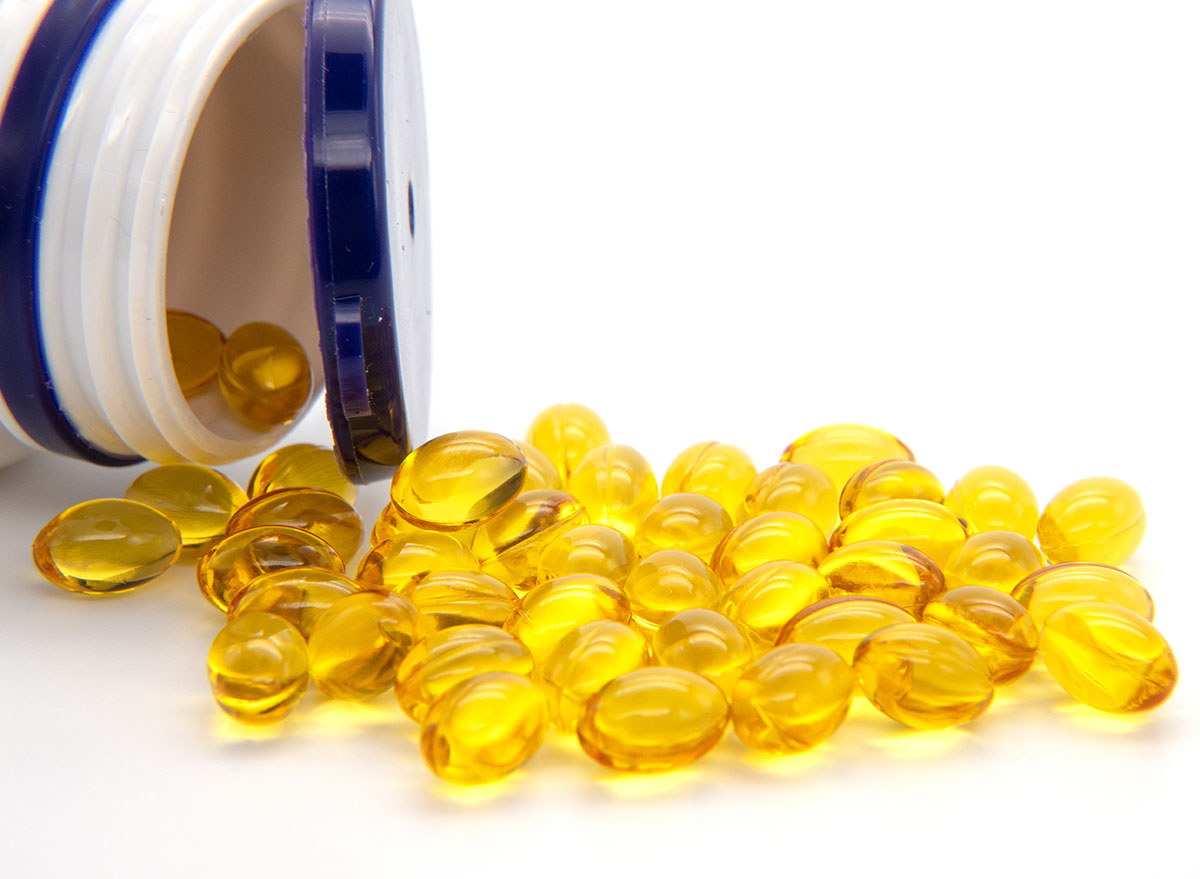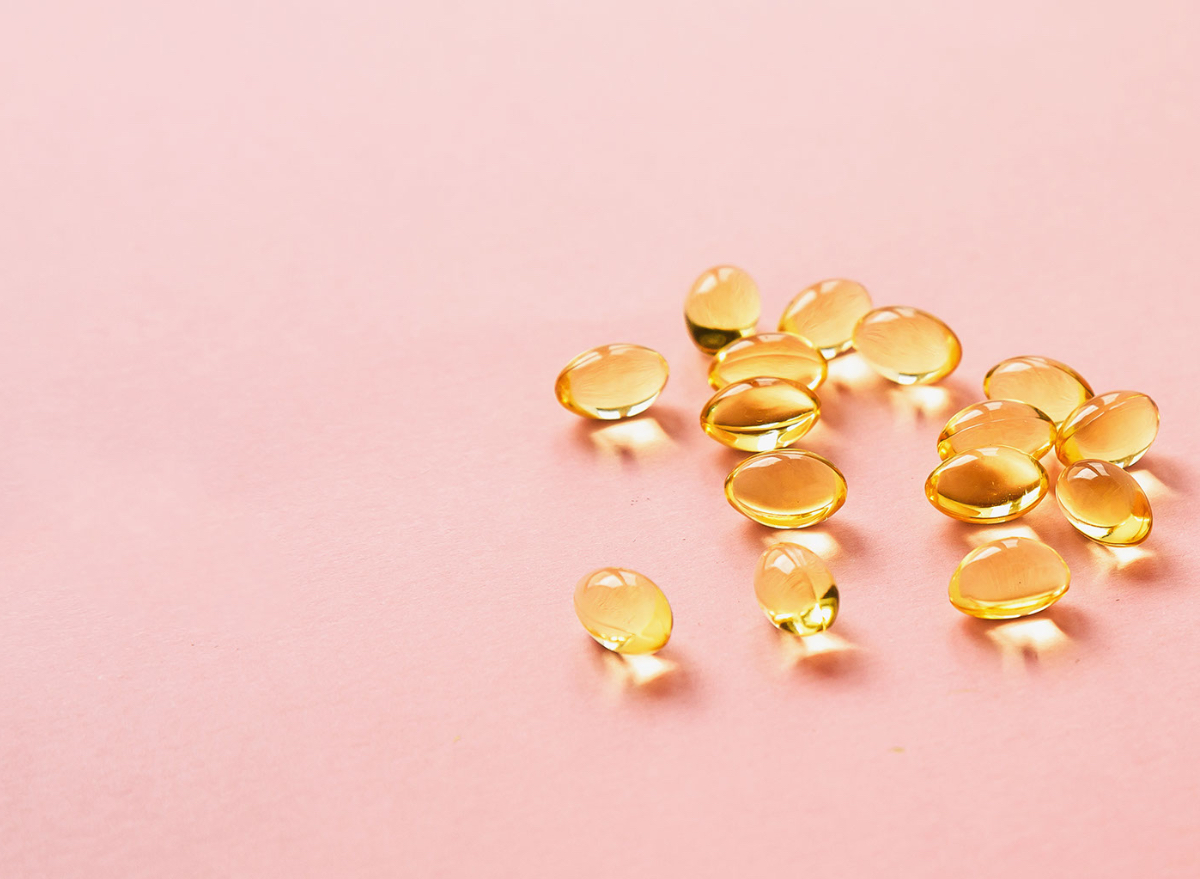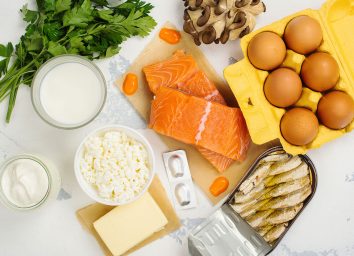This Is How Much Vitamin D You Should Take After 50, Says Dietitian

Fall is here and winter is right around the corner, which means it’s time to stock up on vitamin D. This vitamin, which we get mainly from the sun, is essential for your teeth and muscles, can improve immunity, and can even lessen the severity of COVID symptoms.
Vitamin D is also vital for your bone health because it helps your body absorb nutrients like calcium and phosphate. And since you begin to slowly lose bone mass in your 40s, it becomes more and more important every year.
“Without adequate vitamin D, the body only absorbs approximately 10 to 15% of the calcium consumed, so these two nutrients are key for maintaining bone mineral density after 50,” says Amy Goodson, MS, RD, CSSD, LD author of The Sports Nutrition Playbook and a member of our medical expert board.
But how do we know if we are getting enough? We spoke with Goodson about how much vitamin D you need after the age of 50, and the answer may surprise you!

It turns out, the recommended daily allowance (RDA) for vitamin D doesn’t actually change much for those over 50.
“While many physicians and health professionals recommend more vitamin D, the current RDA keeps vitamin D requirements at 600 IU (15 micrograms) for those over 50, which is the same amount for adults 19 to 50 years of age,” says Goodson.
The only time that we see the RDA shift is for those over 70, when it goes from 600 IU (15 micrograms) to 800 IU (20 micrograms) of vitamin D.
If you think you may need more vitamin D, Goodson says that there are some common situations to look out for. If any of them apply to you, you may want to talk with your physician about getting more vitamin D:
- If you don’t go outside much during the main part of the day
- If you live in locations where certain times of the year experience lots of darkness
- If you or a family member have history of osteopenia or osteoporosis
- If you don’t consume vitamin D-rich foods like cow’s milk, salmon and other fatty fish, krill oil, etc.
To be absolutely sure that you’re getting enough vitamin D, you can also have your lab values drawn the next time you go in for your annual check-up. And to get more vitamin D, try making some of these recipes or investing in a helpful supplement!
Get even more tips in your inbox by signing up for our newsletter! After, read these next:








